Understanding Assignment of Benefits
Assignment of Benefits in medical billing is a legal arrangement wherein a patient signs over or ‘assigns’ their insurance benefits to a healthcare provider. Essentially, this allows the provider to bill the insurance company directly for services rendered and receive payment straight from the insurer. While it simplifies the billing process for patients, relieving them of upfront payment responsibilities, AOB also places the onus of claim processing and follow-up directly on the healthcare provider.
This arrangement carries significant legal and financial implications, making it imperative for patients to understand the terms and for providers to manage these agreements with utmost diligence.
The Process of Assignment of Benefits
The AOB process is characterized by a series of deliberate and informed steps:
- Patient Authorization: During the visit, the patient signs an AOB form, officially granting the provider the right to receive insurance payments directly.
- Documentation and Consent: The provider ensures that all necessary documentation is in order, including service records, and that the patient fully understands the scope of the consent.
- Claim Submission: The provider submits the claim to the insurance company, detailing the services provided and the agreed charges.
- Direct Reimbursement: Upon claim approval, the insurance company disburses the payment directly to the healthcare provider.
Through these steps, AOB streamlines the reimbursement process, ostensibly making it more efficient for all parties involved.
Benefits and Drawbacks of AOB
While AOB offers distinct advantages, it’s a double-edged sword, presenting potential benefits and drawbacks.
Benefits:
- Convenience for Patients: Patients are relieved from the burden of upfront payment and the complexities of billing.
- Streamlined Operations for Providers: Direct billing and payment can simplify the provider’s revenue cycle management.
Drawbacks:
- Risk of Misuse: There’s potential for misuse or exploitation, with providers possibly overcharging or billing for services not rendered.
- Misunderstanding of Terms: Patients might sign AOB forms without fully understanding the implications, leading to unexpected expenses or disputes.
Navigating Assignment of Benefits
For healthcare providers, effectively managing AOB agreements means ensuring transparency and maintaining clear communication with patients. It’s crucial to explain the terms thoroughly and ensure patients are fully aware of their rights and obligations.
Patients, on their part, should approach AOB with a keen eye, understanding their insurance coverage in-depth and being mindful of the responsibilities they might be signing off to their providers.




